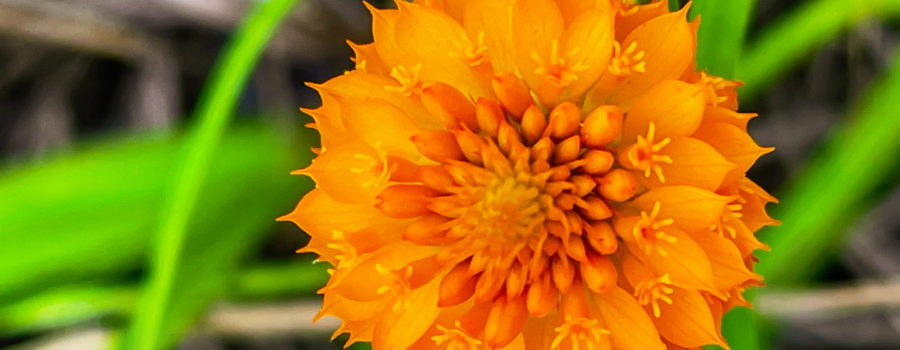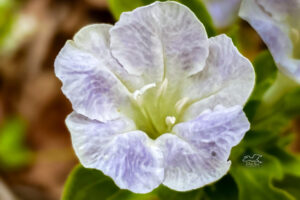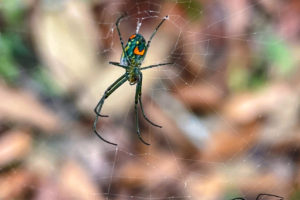Orange Milkwort is Amazing and Beautiful As Well

Back in May I had a house call one night after work. I used to do lots of house calls years ago, but now I usually only do them once in awhile for people that I know. On this particular afternoon I was actually finished with all of my work by 4 pm when we close (I often stay late to do paperwork after everyone has gone and it’s quiet), but my client didn’t get off work until 5 pm, so I had some time to kill. I didn’t really want to go home, stir up the dogs, and then leave again, so I decided to go take some photos. I had seen some very pretty purple flowers growing on the main highway in some of the wetter ditches (interspersed with cattails, so I knew it was wet), so I decided to go get a closer look. I had been up and down this highway a couple of times, but not when I could stop and explore, so I knew just where to go.

When I got where I was going, I pulled over in a relatively dry, flat area (no fun getting stuck!) and got out to walk back to the flowers. As so often happens when I go out looking for a specific subject, once I get there I find loads of other cool stuff to photograph, too. I literally hadn’t made it around the front of the truck when I spotted a bunch of gorgeous, bright orange flowers. I know them as orange milkwort, but they’re also called bachelor’s buttons and candy root. I’’d seen them along the roadsides in plenty of places in Florida, but I really didn’t know much about them, and I had never really looked at them closely. When I bent down to look at them closer I realized that what looked like a single long tubular flower was actually a bunch of tiny little flowers all growing together to form thick racemes (the cowboys sometimes call them “swamp Cheetos”). The little individual flowers were amazing to look at, but really required the macro lens to get any decent details because they were so small.

Orange milkwort is a biennial herb that likes moist, sandy or peaty soil. It can be found from New York south to Florida (except for a few of the southern most counties) and west into Louisiana. It’s commonly found in roadside ditches, moist pine barrens, and boggy areas. It requires direct sunlight, so look for it on paths or clearing when in the woods. Aside from being absolutely gorgeous to look at, orange milkwort also has some amazing qualities. For example, it’s flowers are self pollinating, and it’s seeds are spread almost exclusively by ants. The ants collect the seeds to eat the oil and protein rich elaisomes, which are fleshy attachments to the seeds themselves. Once the elaisomes have been consumed, the seeds are thrown out of the nest into the soil which is often perfect for germination. In years when the ant populations decline, so does the population of orange milkworts.

Orange milkwort can secrete a thick, milky fluid if the plant is damaged, and some people think that’s why it’s called “milkwort”. Interestingly, though, that is not the case. It and it’s relatives (all called milkworts) got that name because in times past farmers believed that cattle and goats that grazed on these plants would produce more milk. This has since been proven not to be true, but the milkwort name persists. Overall, these beautiful plants are not only lovely to look at, but also have some pretty amazing properties!






Recent Comments